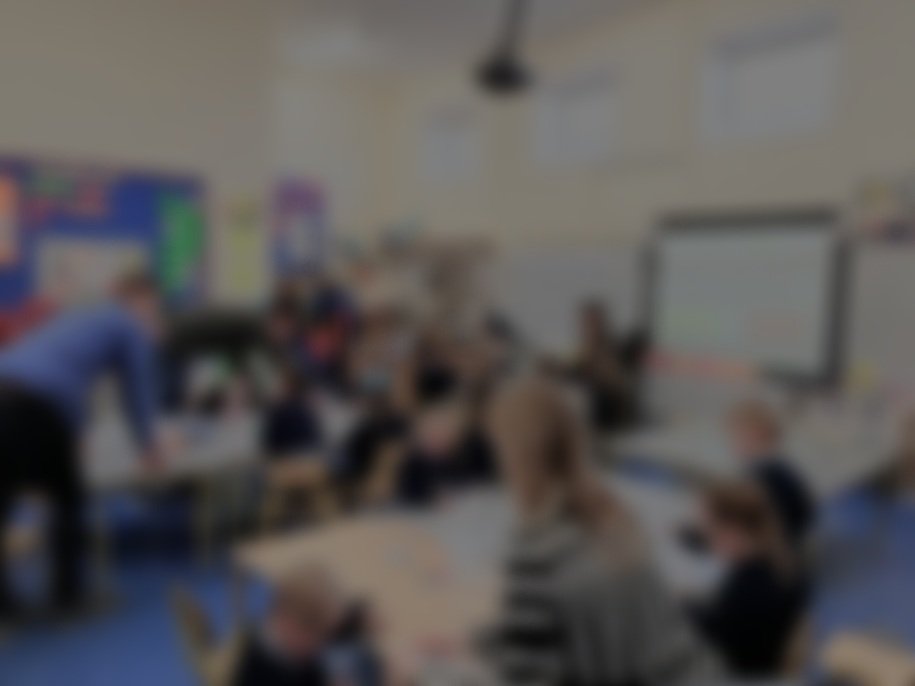
GRANTS TO PRIVATE SCHOOLS
This study uses an RCT design to assess whether financing can help private schools, which now account for one-third of primary school enrollment in low- and middle-income countries. Our experiment allocated unconditional cash grants to either one (L) or all (H) private schools in a village. The study findings demonstrate how financial saturation can be beneficial to student learning outcomes as it requires schools to increase quality to remain competitive. The resulting academic paper has been published in the American Economic Review and can be found here. To read more about this study you can find the study page here.
About the Data
Timeline
Between July 2012 and November 2014, we conducted a baseline survey and five rounds of follow-up surveys. In each follow-up round, we survey all consenting schools in the original sample and any newly opened schools. We conduct an extended school survey twice, once at baseline and again 8 months after treatment assignment in May 2013, collecting information on school characteristics, practices, and management, as well as household information on school owners. In addition, there are 4 shorter follow-up rounds every 3–4 months that focus on enrollment, fees, revenues, and expenditures.
Finally, children are tested at baseline and once more, 16 months after treatment (round 3). During the baseline, we did not have sufficient funds to test every school and therefore administered tests to a randomly selected one-half of the sample schools.
Data Contents
School Survey Long: This survey contains two modules: the first module collects detailed information on school characteristics, operations and priorities; and the second module collects household and financial information from school owners. The preferred respondent for the first module is the operational head of the school, i.e. the individual managing day-to-day operations. For the second module, the preferred respondent was either the legal owner or the financial decision-maker of the school.
School Survey Short: This survey is administered quarterly between October 2013 and December 2014, for a total of four rounds of data. Unlike the long school survey, this survey focuses on our key outcome variables: enrollment, fees, revenues and costs. The preferred respondent is the operational head of the school, followed by the school owner or the head teacher. Please consult Appendix Figure A3 to see the availability of outcomes across rounds.
Child Tests and Questionnaire: We test and collect data from children in our sample schools twice, once at baseline and once after treatment in follow-up round 3. Tests in Urdu, English and Mathematics are administered in both rounds; these tests were previously used and validated for the LEAPS longitudinal project.
Sampling Summary
Our sampling frame includes any village with at least two non-public schools, i.e. private or NGO, in rural areas of Faisalabad district in the Punjab province. The data come from the National Education Census (NEC) 2005 and are verified and updated during field visits in 2012. There are 334 eligible villages in Faisalabad, comprising 42 percent of all villages in the district; 266 villages are chosen from this eligible set to be part of the study based on power calculations.
Our intervention focuses on the impact of untied funding to non-public schools so the final set of eligible schools for participation in the study was 880. All eligible schools that consented to participate across the 266 villages are included in the final randomization sample for the study. This includes 822 private and 33 NGO schools, for a total of 855 schools; there were 25 eligible schools (about 3 percent) that refused to participate in either the ballot or the surveys.
Download Links:
Data Use Notice: The public data has been cleaned to make it accessible to any researcher unfamiliar with the project.
For most variables, the data is clean and consistent. However, some inconsistencies may remain from measurement or processing errors that cannot be explained from field records at this point. For these remaining cases, it is the user’s responsibility to apply corrections as they see fit.
Released public data is anonymized and doesn’t contain any personally identifiable information to protect the privacy of research subjects. By downloading and using the data, researchers commit to not making any attempts at re-identifying individuals from the microdata. Doing so would dramatically jeopardize the accessibility of this dataset and other datasets in the future, as privacy of research subjects is of paramount importance for ethical and transparent research.
Required Citation: By downloading the data, users also commit to citing the data documentation report using the following citation:
Andrabi, Tahir , Das, Jishnu, Khwaja, Asim , Ozyurt, Selcuk, and Singh, Niharika. Data and Code for: Upping the Ante: The Equilibrium Effects of Unconditional Grants to Private Schools. Nashville, TN: American Economic Association [publisher], 2020. Ann Arbor, MI: Inter-university Consortium for Political and Social Research [distributor], 2020-09-23. V1. https://doi.org/10.3886/E118805V1
